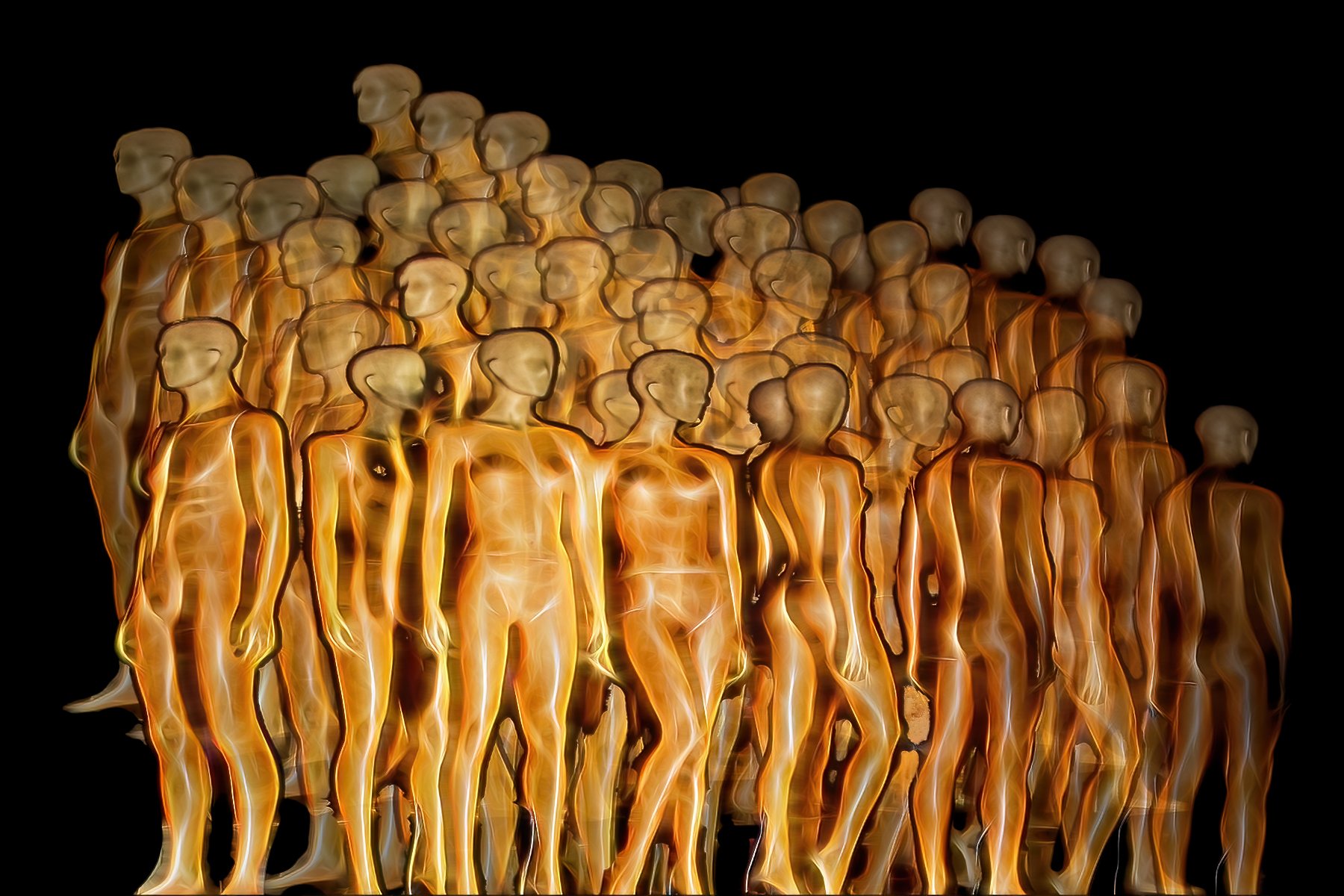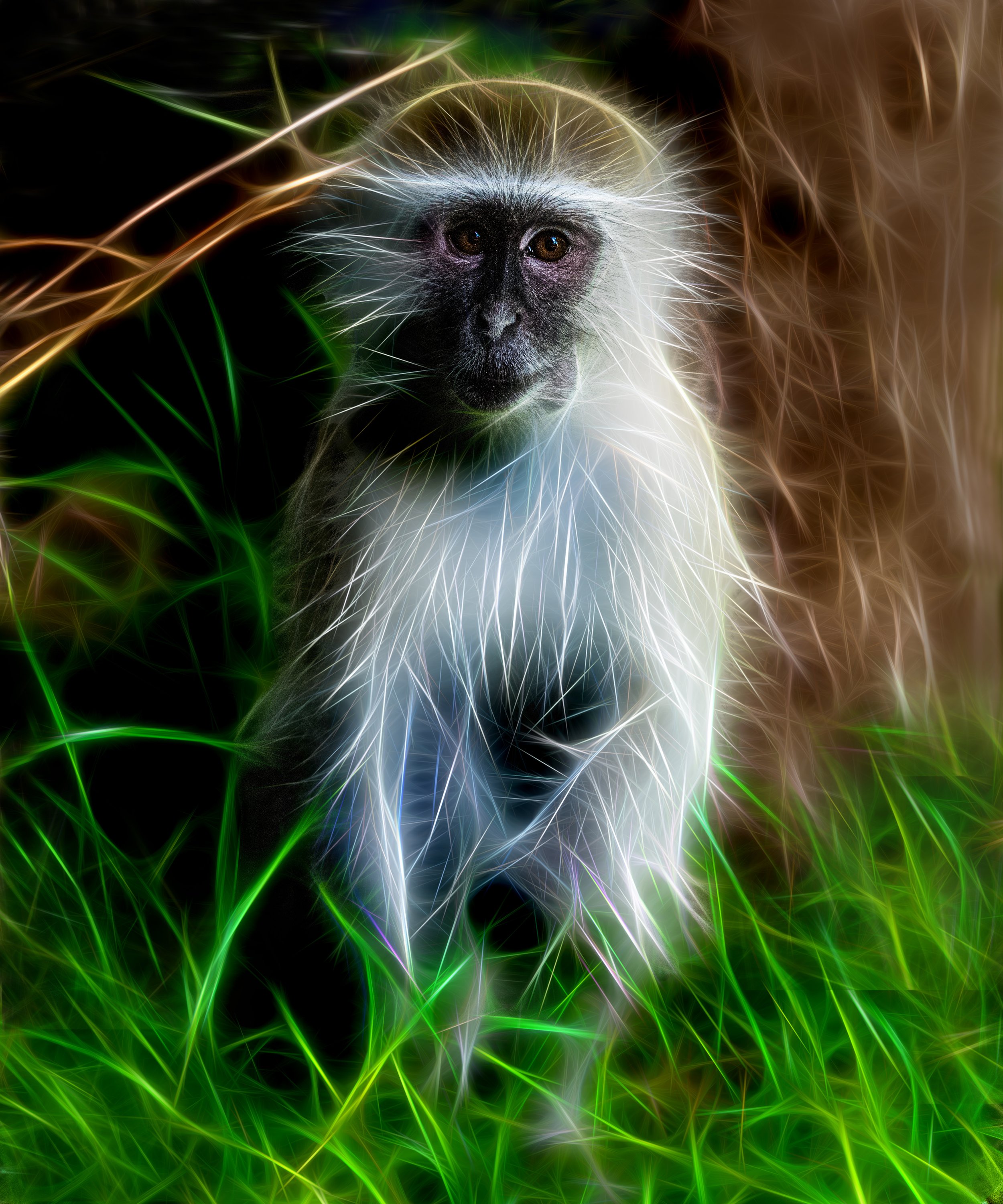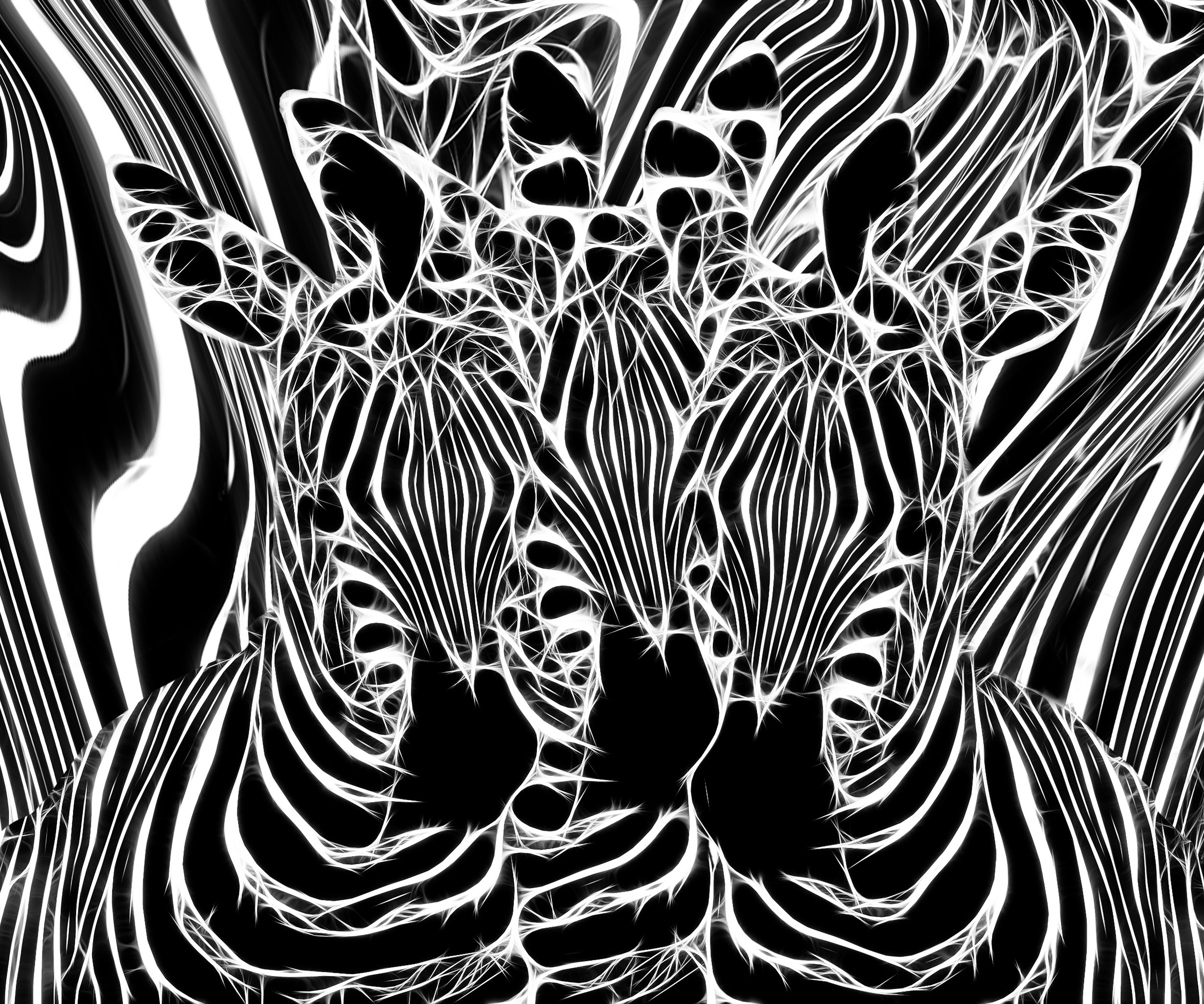Howard Harris
Biography
Howard Harris has long been fascinated by both visual perception and design. The Denver, Colorado, USA native earned a BFA from Kansas City Art Institute MID (Masters Industrial Design) from Pratt Institute in New York, studying with internationally renowned design theorist Rowena Reed Kostellow. Harris has spent more than 35 years combining design and technology, where he has won many prestigious professional awards. Now his creative energy has turned to his lifelong passion, photography. With an iconoclastic streak that had seen him consistently forging new directions in design, he was bound to approach the photographic image unconventionally. In 2017 Harris was granted a United States Patent no: 9,753,295 titled Apparatus and Method of Manufacturer for a Layered Artwork proving the uniqueness and inventiveness of his photographic work. Since then, his work has appeared in many books and publications, such as The Great Masters of Contemporary Art, ARTtour International Artists of the Decade, Art Collectors Choice Japan, International Contemporary Masters, and Top 10 Contemporary Artists mention a few. He has also been awarded Artists for a Green Planet Artist of the Decade, International Prize Raffaello, International Prize Giulio Cesare, International Prize Leonardo Da Vinci, International Prize Caravaggio, Contemporary Art Curator Magazines Artist of the Future, and more. He serves as a Trustee of The Kansas City Art Institute and has won the Who’s Who Worldwide Lifetime Achievement and the USA Small Businessperson of the Year. His work is shown internationally and represented by galleries in the United States, U.K., and Europe, and his work is in the South Korean Yukyung Art Museum.
What’s your background?
I was born to be an artist. I cannot think of a time when art was not part of my life. From as early as I can remember, art of some type - painting, sculpture, photography, theater, etc. - has always been around me. It is only a foggy memory, but I took my first formal drawing class when I was 8 or 10. I still have two vivid memories of that class: One was that the course was held in an “artist” style loft (very cool), and the other was the teacher laughing at me when I drew a fox with a tail that looked like it exploded out of the fox’s rear end. For some reason, that failure just inspired me to refine my aspirations and pursue artistic projects following my intuition and imagination. And since I really couldn’t draw, I began using technology, the camera, to capture images. So, art technology and the camera became a passion from an early age.
Then came my education at the Kansas City Art Institute, where the first-year programming was based on the Bauhaus foundational learning program. This completely changed my perspective of the arts. I learned the discipline of creativity. I learned how to critique myself and how to grow from external critiques. The Art Institute is where I learned the language and anguish of art. My mentor and professor, George Burris, showed me how the arts were connected to everything in the world. At the Art Institute, I met a person who would completely change my perception of the arts, Rowena Reed Kostellow.
Rowena, her husband Alexander Kostellow, and David Dohner were the founders of Industrial Design teaching in the US. As a student of Industrial Design, I wanted to learn more from this iconic woman. I was granted admission to the graduate Industrial Design program at Pratt Institute in New York, where Rowena was a professor. Her mentoring and teachings moved me from my mostly technological approach to art to a spiritual and emotional process. Her teachings brought the importance of line, volume, plane, and color into my art understanding. The Pratt experience gave me the courage to pursue art as a profession.
I practiced the art of Industrial Design for over 25 years using the methodologies I learned from the Kansas City Art Institute experience and the spiritual and emotional experience from Pratt Institute. Finally, after years of doing design work, which is art one does for others, I sold my business. I decided to pursue my fine art adventure, which I define as art that one does for personal gratification.
What does it mean to you to win the Collectors Art Prize?
Winning the Collectors Art Prize would be a significant milestone in my quest to align my vision of the world with collectors. Most of all, it would give my collectors the confidence and knowledge that they made a good choice when selecting my work above the zillions of options they have. Most collectors I speak to fall into two categories. The first category is the ones that collect my work because they have never seen my type of art before, and the second category is the potential collectors telling me they can’t collect my work because they have never seen my art before. This prize might mean to the second group of collectors that my work is worthwhile to collect even though they have never seen work like mine before.
What do you think is the role of art in the world today?
Art should help the free of the mind allowing one to explore the unknown. This statement is true for both the artist and the public.
What would it be if you could change one thing about the art world?
The one thing I would change about the art world is the general perception of what “ART” is. I understand that there are as many definitions of what art is and what art isn’t as there are people. However, whenever a new technology is used, that never translates into “REAL ART.” The relatively new area of AI and Techspressionism are examples of what the public and some in the arts don’t consider real art. Photography has suffered the same skepticism, and that only took about 100 years for most to consider photography as an art form.
What are your most significant professional achievements?
I have had so many exciting and significant achievements that it is hard to choose which one has been the most significant. However, if I must choose, my most significant professional accomplishment is realizing I could produce “art” for myself. Unlike what I have been doing for most of my arts (marketing and design) career, creating art for others and financial profit.
What do you wish to tell viewers about your work that might not come out explicitly? What do you hope to inspire with your artwork?
Josef Albers once said, “Abstraction is real, probably more real than nature.” I believe that Photographic Art should go beyond a static two-dimensional representation of nature. A photo should capture more than one moment in time, one view, and one experience. Adding additional dimensions to a two-dimensional image should be the artist’s goal. As an artist, one should master technology. But mastering technology or technique only makes one a technician. The artist must transcend beyond the technical. It’s the artist’s goal to add the intangible dimensions of personal expression, emotion, movement, and the opportunity for the image to interact with its ever-changing environment.
What advice would you give to the upcoming generation of artists?
Keep your mind as open as your eyes.
Believe in yourself.
Understand that you must change as the world changes.
Failure may only be momentary.
Please don’t underestimate how hard it is to be an artist.
And learn the business of art or, at a minimum, don’t ignore how important the understanding of the business world is to your success.
In what direction would you like to see your career go in the next five years?
I will continue my quest to create dimensional photographic images with a deeper understanding of what Arshile Gorky once said about abstractions, “Abstraction allows man to see with his mind what he cannot see physically with his eyes… Abstract art enables the artist to perceive beyond the tangible, to extract the infinite out of the finite. It is the emancipation of the mind. It is an exploration into unknown areas.” I will continue my quest into the unknown with the belief that whatever I strive to create will be aesthetically pleasing and forever changing.
Country United States
Website www.hharrisphoto.com










